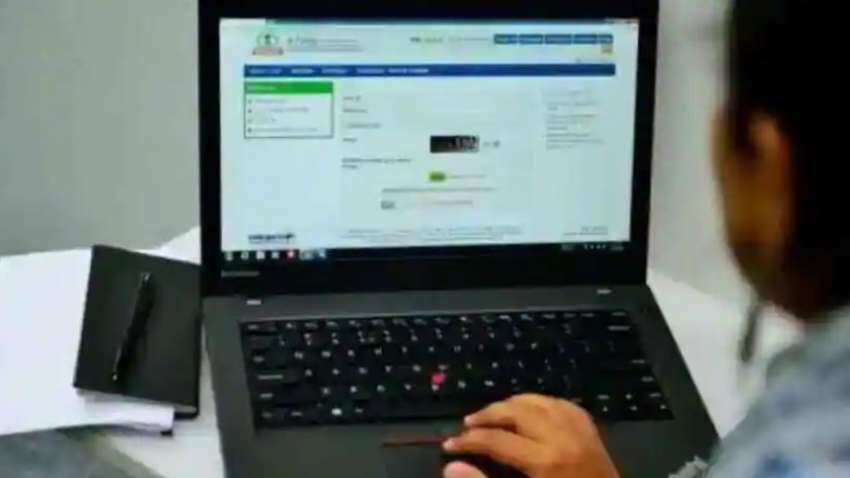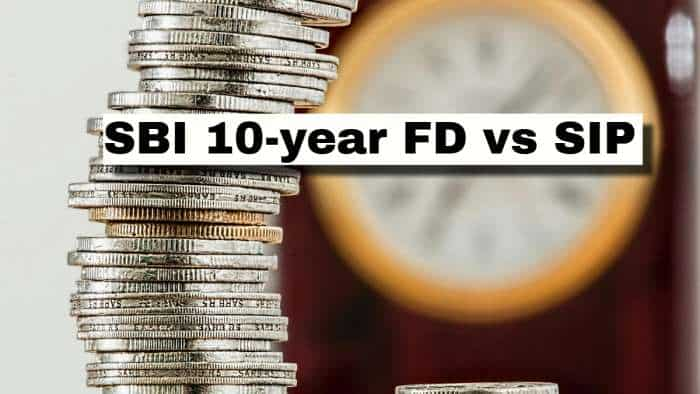Filed ITR? E-VERIFY through these steps; Know the difference between pre-login e-verification, post-login e-verification
For ITR, the Electronic Verification Code (EVC) plays a crucial role in submitting tax returns through e-verification.

Have you filed your Income Tax return? When can you expect a refund from the Income Tax Department? An income tax refund happens to a taxpayer if he has paid taxes higher than his actual tax liability. When a taxpayer claims a refund in his return of income, the tax department processes such a return. After this, the taxpayer will get a confirmation from CPC of the quantum of refund that the taxpayer is eligible for.
The Electronic Verification Code (EVC) plays a crucial role in submitting tax returns through e-verification. The e-verification should be done within a time limit of 120 days, else the Income Tax return will be considered invalid. The e-verifying of your return through EVC can be done through these five various steps. Let’s check the step-by-step process.
See Zee Business Live TV Streaming Below:
1) Via Aadhaar OTP
* Go to the e-filing portal
* Link Aadhaar Number with PAN, if not linked yet
* After Aadhaar is successfully linked, click on the screen
* Select option to e-Verify return using Aadhaar OTP
* Generate OTP that you will get on your registered mobile number
* Enter your OTP on the e-filing portal
* Now the process is verified.
2) Via Net Banking
* Login to your net banking account
* Click on the income tax e-filing link given by the bank
* Click on the e-verify link for the return to be verified
* Now the return will be verified
3) Via Bank ATM
* Swipe your ATM card in the bank ATM
* Click on PIN for e-Filing
* EVC will be generated on the registered mobile number
* Login to the e-filing portal to select an option to e-verify returns using the Bank ATM
* Enter your EVC on the e-filing portal
* Now the return will be verified
4) Via Bank Account Number
* Go to the e-filing portal
* Pre-validate your bank account, if not done yet
* After bank account validated successfully, click on the e-verify link
* Select the option to e-verify using bank account details by generating OTP
* After the EVC is received on the registered mobile number, enter your EVC on the e-filing portal
* Now the return is verified
5) Via Demat Account Number
* Visit the e-filing portal
* Pre validate your Demat Account Number, if not done before
* After the Demat account validated, click on the e-verify link
* Select the option to e-verify using Demat account details and generate OTP
* EVC will be received on a registered mobile number
* Enter your EVC on the e-filing portal, it will be verified
Apart from these methods, you can also check through the physical method, which is to send a copy of ITR-V via post.
Difference between pre-login e-verification and post-login e-verification
You can choose to e-verify your filed ITR before or after logging in to the e-Filing portal. The only difference is that while using the pre-login service, you will be required to provide the details of your filed ITR (PAN, Assessment Year, and Acknowledgment Number) before e-Verifying the ITR. If you choose to use the post-login service, you will be able to choose the respective record of ITR filed rather than provide any such details before e-Verifying the ITR.
Get Latest Business News, Stock Market Updates and Videos; Check your tax outgo through Income Tax Calculator and save money through our Personal Finance coverage. Check Business Breaking News Live on Zee Business Twitter and Facebook. Subscribe on YouTube.
RECOMMENDED STORIES

LIC Saral Pension Plan: How to get Rs 64,000 annual pension on Rs 10 lakh one-time investment in this annuity scheme that everyone is talking about

Gratuity Calculation: What will be your gratuity on Rs 45,000 last-drawn basic salary for 6 years & 9 months of service?

Rs 1,500 Monthly SIP for 20 Years vs Rs 15,000 Monthly SIP for 5 Years: Know which one can give you higher returns in long term

Income Tax Calculations: What will be your tax liability if your salary is Rs 8.25 lakh, Rs 14.50 lakh, Rs 20.75 lakh, or Rs 26.10 lakh? See calculations

8th Pay Commission Pension Calculations: Can basic pension be more than Rs 2.75 lakh in new Pay Commission? See how it may be possible

SBI Revamped Gold Deposit Scheme: Do you keep your gold in bank locker? You can also earn interest on it through this SBI scheme

Monthly Pension Calculations: Is your basic pension Rs 26,000, Rs 38,000, or Rs 47,000? Know what can be your total pension as per latest DR rates
05:02 PM IST











 ITR filing big update: Only 4 days left! Govt expects 1 crore Income Tax Returns on last date
ITR filing big update: Only 4 days left! Govt expects 1 crore Income Tax Returns on last date  Income Tax Return: Submitted ITR? Verify the same via e-Verification; check step-by-step guide here
Income Tax Return: Submitted ITR? Verify the same via e-Verification; check step-by-step guide here